The History and Evolution of Digital Marketing
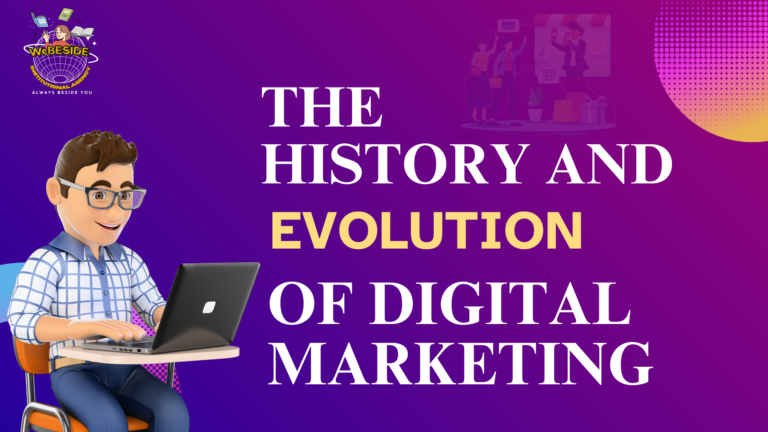
Digital marketing has changed significantly since it started with the internet in the 1990s. At first, it was about sending emails and showing simple website ads. But then Google and other search engines came along, and people started using SEO to get their websites noticed more. In the mid-2000s, social media platforms like Facebook and Twitter became popular. Businesses began using them for ads that were aimed directly at certain groups of people and for connecting with customers. Mobile phones also became a big part of digital marketing, so companies started making websites and ads that worked well on mobile screens and used people’s locations to target them better. Now, digital marketing uses a lot of data and AI to create ads and messages that are personalized based on what people like and do online. Today, it includes things like making interesting content, working with social media influencers, and even using new technologies like augmented reality and virtual reality. As technology keeps changing, digital marketers have to keep up with what’s new to keep reaching and connecting with people online.
What is Digital Marketing?
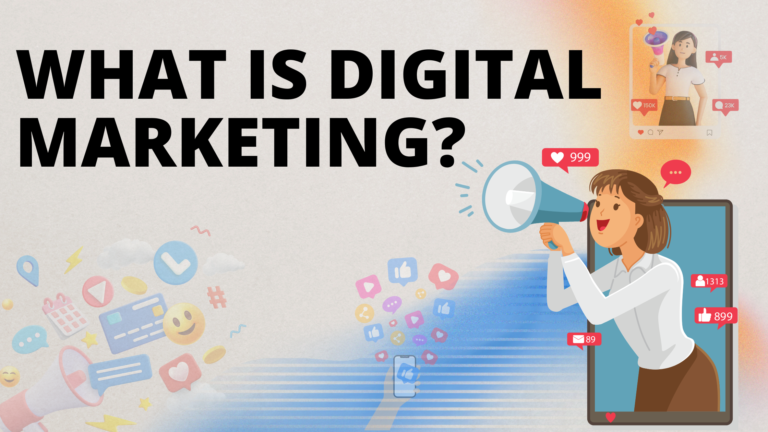
Digital marketing uses technology like the Internet, mobile phones, social media, and search engines to advertise products and services to specific groups of people. Unlike traditional ads in newspapers or on TV, digital marketing happens online and in real time. It involves creating websites, social media pages, and apps to connect with customers. Techniques like SEO help websites appear higher in search results, while paid ads (like PPC and display ads) target audiences directly. Content marketing, through blogs, videos, and social media, engages people with valuable information. Data analytics measures how well these strategies work, allowing businesses to adjust and improve their marketing efforts quickly. Digital marketing lets companies reach a worldwide audience, focus on particular groups, and understand how customers interact with their ads, all while adapting to new technology and how people use it.
How Successful is Digital Marketing?
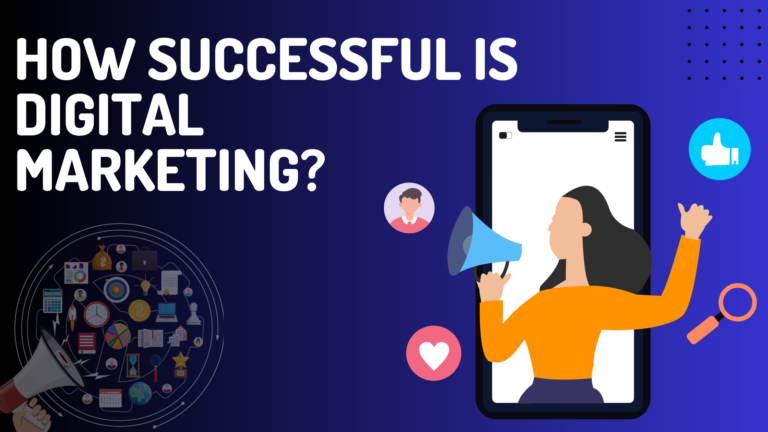
Digital marketing works well because it can reach exactly the people a business wants to target. It uses tools like the internet, social media, and search engines to create marketing plans that fit the interests and habits of specific groups of customers. One big advantage is how easy it is to measure results: businesses can track things like how many people visit their website, how many of those visitors become customers, and how much money they make from their marketing efforts, all in real time. Digital platforms also let businesses talk directly with customers through things like interactive content, personalized messages, and social media chats, which help build stronger relationships and customer loyalty. Another great thing about digital marketing is its global reach, allowing businesses to connect with people all over the world. To succeed in digital marketing, businesses need to plan carefully, keep up with what’s popular, and understand what their customers like. When done right, digital marketing not only boosts sales and gets more customers but also makes the business more visible and keeps customers interested in a competitive market.
Benefits of Digital Marketing?
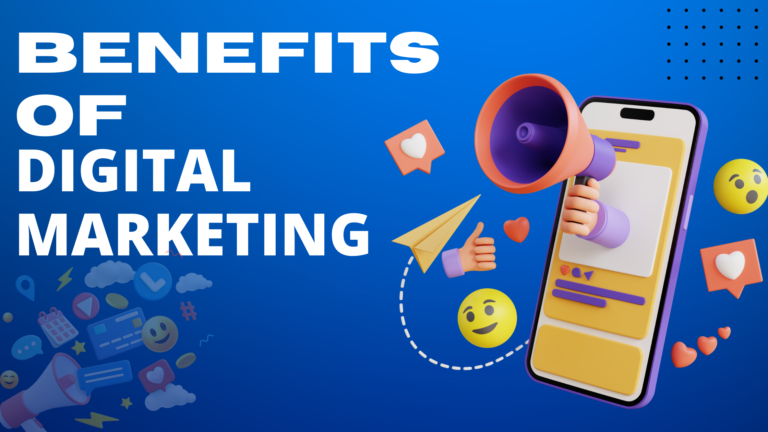
Digital marketing offers many advantages for businesses in today’s world. It’s cost-effective because using platforms like social media, email, and search engines often gives a better return on investment than traditional advertising methods. Businesses can also target specific groups of people based on their interests and behaviors, which helps improve how many people become customers and makes sure marketing money is used well. Real-time analytics are another benefit because they let businesses see how well their ads are doing right away. This means they can change their plans quickly to get better results. Digital platforms also let businesses talk directly with customers through things like videos and messages, which helps create stronger connections and keep customers coming back. Digital marketing also lets businesses reach people around the world, so they can grow their business in new places. Overall, digital marketing is flexible, easy to measure, and lets businesses connect with more people and grow faster in today’s competitive market.
History of Digital Marketing?
Digital marketing began in the early 1990s when the internet started becoming popular. Back then, businesses used simple methods like sending emails and creating basic websites. As more people got online, new strategies emerged. In the mid-1990s, search engines like Yahoo! and AltaVista became important, and businesses started optimizing their websites to show up higher in search results—this was called SEO. By the late 1990s and early 2000s, banner ads appeared on websites to attract clicks and bring people to advertisers’ sites. Social media platforms and blogs came into play around the early 2000s, letting businesses connect with customers in more personal ways. In 2000, Google launched AdWords, a game-changer in digital advertising that lets businesses pay for ads when users search for certain keywords. The rise of smartphones in the late 2000s made mobile-friendly websites and apps crucial for digital marketing. Today, digital marketing includes SEO, PPC ads, social media marketing, and more. It’s always changing with new technology and how people use it, shaping how businesses reach and connect with their customers in today’s digital world.
Evolution of Digital Marketing – The Timeline
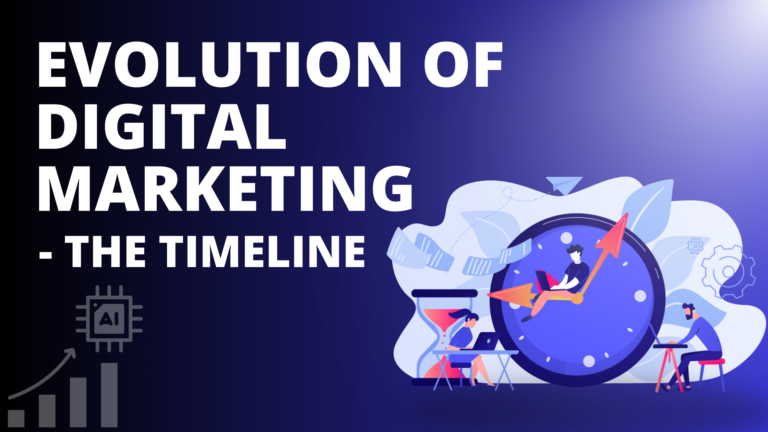
The 90s
Early 1990s:
Digital marketing traces its roots to the early 1990s when the internet began to gain traction among the general public. During this period, businesses explored rudimentary forms of online marketing through methods like email newsletters and basic websites. These early efforts primarily aimed to establish an online presence and communicate with early internet users.
The mid-1990s:
The mid-1990s marked significant advancements with the emergence of search engines such as Yahoo! (founded in 1994) and AltaVista (founded in 1995). As more people turned to search engines to navigate the expanding web, businesses recognized the importance of being visible in search results. This led to the birth of search engine optimization (SEO), a practice aimed at optimizing websites to rank higher in search engine listings. SEO became a foundational strategy in digital marketing, laying the groundwork for improving online visibility and attracting organic traffic.
Late 1990s:
By the late 1990s, the internet landscape began to evolve rapidly with the introduction of banner ads. These clickable advertisements appeared prominently on websites, enticing users to click through to the advertiser’s website. Banner ads became a popular method for businesses to promote their products and services online and represented a significant shift towards monetizing web traffic through digital advertising.
What Are the 5 Ds of Digital Marketing?
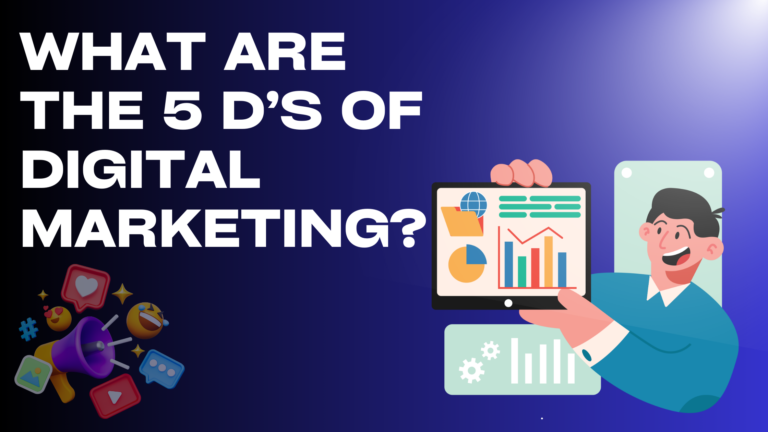
Digital Devices:
This focuses on reaching people through different gadgets like phones, tablets, computers, and smartwatches. Marketers need to ensure their content looks good and works well on all these devices so they can connect with their audience effectively no matter how they’re browsing.
Digital Platforms:
These are places online where marketing happens, like social media (Facebook, Instagram), search engines (Google, Bing), emails, websites, and mobile apps. Marketers pick platforms that match their audience’s habits to get the most engagement and reach.
Digital Media:
This is about using different types of online content to connect with people. There’s paid media (like ads you pay for), owned media (stuff you control like your website or blog), and earned media (like when customers talk about you or share your stuff).
Digital Data:
Data is super important in digital marketing. It means collecting and looking at information about how people behave online—what they click on, where they go, what they buy. Marketers use this info to make smart decisions about their campaigns and make them work better.
Digital Technology:
These are all the tools and tech marketers use to manage their online marketing, like software that sends emails to customers, systems that keep track of sales leads, and programs that measure how well ads are doing. Using the latest tech helps marketers do their job better and stay ahead.
Types of Digital Marketing
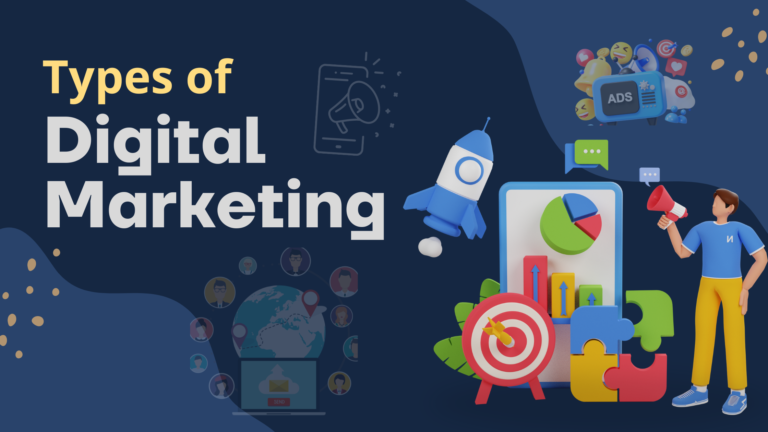
Search Engine Optimization (SEO)
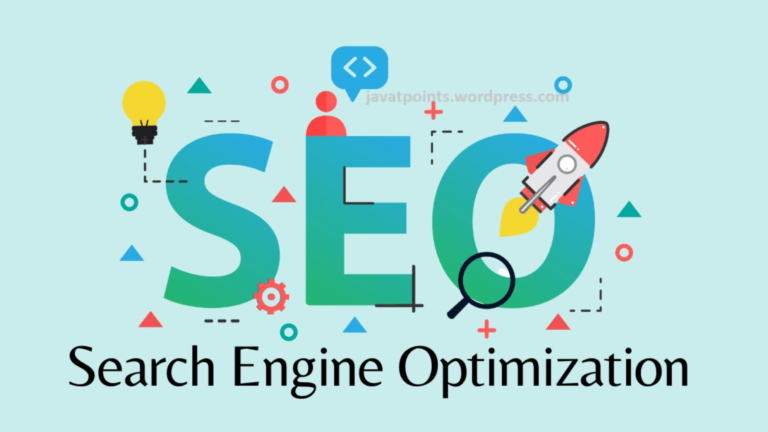
SEO makes your website appear higher in search results without paying for ads. It involves using the right keywords, improving content quality, building links from other sites, and making sure your website is fast and easy to use.
Search Engine Marketing (SEM) / Pay-Per-Click (PPC):
SEM uses paid ads at the top of search results. You bid on keywords related to your business and pay each time someone clicks on your ad. Platforms like Google Ads and Bing Ads manage these ads.
Social Media Marketing (SMM):
SMM uses platforms like Facebook, Instagram, and Twitter to promote your business. You create posts, run ads, and use analytics to see what works best. The goal is to build your brand and get people to visit your website.
Content Marketing:
Content marketing involves creating helpful or entertaining content like blogs, videos, or infographics. The aim is to attract and keep customers interested in your products or services.
Email Marketing:
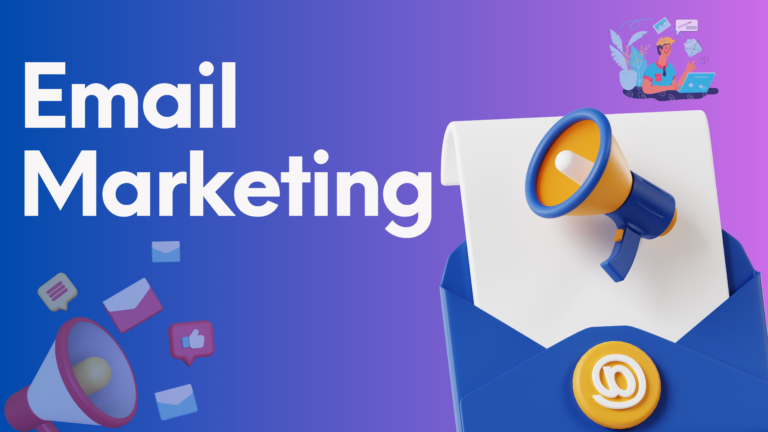
Email marketing sends messages directly to people’s email inboxes. You might send newsletters, special offers, or updates to keep customers engaged and encourage them to buy from you.
Affiliate Marketing:
Affiliate marketing lets others promote your products for a commission. You give affiliates special links, and when someone buys through those links, the affiliate earns money.
Influencer Marketing:
Influencer marketing partners with people who have lots of followers on social media. These influencers promote your products to their followers, helping you reach new customers.
Video Marketing:
Video marketing uses videos to explain your products, share stories, or teach something. You can share videos on your website, social media, or platforms like YouTube.
Mobile Marketing:
Mobile marketing targets people using smartphones or tablets. It includes mobile-friendly websites, apps, SMS messages, and ads on social media tailored for mobile users.
Digital PR (Public Relations):
Digital PR manages your brand’s reputation online. It involves getting mentioned in news articles, blogs, or reviews, and working with influencers to build trust and visibility.
How to Become a Digital Marketer in 2024
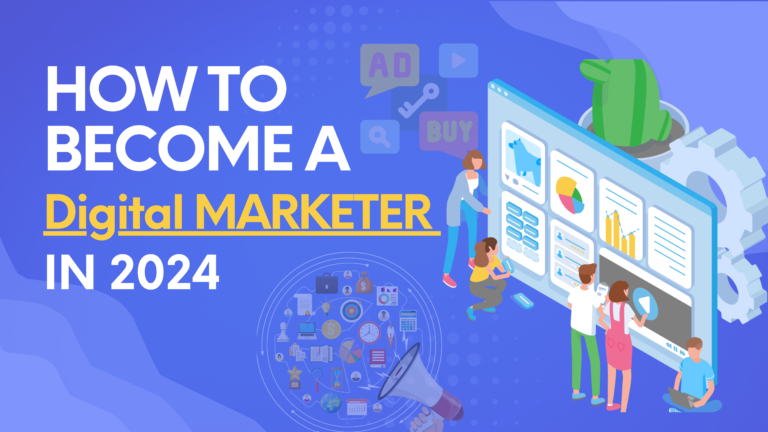
To become a digital marketer in 2024, start by gaining a solid understanding of digital platforms and technologies such as social media, SEO, email marketing, and content creation. Take online courses or pursue certifications in digital marketing to build a strong foundation. Gain practical experience through internships or freelance projects to apply your knowledge in real-world scenarios. Stay updated with industry trends and tools, and develop analytical skills to measure and optimize marketing campaigns. Networking with professionals in the field and building a strong online presence can also help you establish yourself as a digital marketer.
FAQs
1. Digital marketing has completely changed how businesses promote their products compared to older ways of marketing.
Digital marketing has fundamentally transformed how businesses promote their products compared to older methods like print ads and TV commercials. Unlike traditional marketing approaches that rely on broad, one-size-fits-all campaigns, digital marketing allows businesses to target specific audiences based on demographics, interests, and online behaviors. This targeted approach ensures that marketing messages reach individuals who are more likely to be interested in what the business offers, increasing the efficiency and effectiveness of marketing efforts. Moreover, digital marketing enables real-time interaction and engagement through platforms such as social media, emails, and websites, fostering stronger customer relationships and loyalty. Additionally, digital marketing is typically more cost-effective than traditional advertising channels, making it accessible to businesses of all sizes. Overall, digital marketing has revolutionized marketing practices by offering precise targeting capabilities, real-time engagement opportunities, and measurable results that drive business growth in today’s digital landscape.
2. How has online marketing changed over time, reshaping how businesses reach and engage with customers in today's digital world?
Over time, online marketing has transformed how businesses connect with customers in today’s digital world. Initially, businesses used basic websites and email to reach people online. Then, strategies like SEO helped them appear higher in search results, attracting more interested customers. Social media platforms like Facebook and Instagram later allowed direct engagement with audiences through posts and ads, building stronger relationships. Nowadays, online marketing is all about using data to understand what customers want and delivering personalized messages and offers. Looking ahead, technologies like AI will continue to improve how businesses reach and engage with customers online, making marketing even more effective and targeted.
3. Who were the trailblazers who set the foundation for digital marketing as we know it today?
In the early days of digital marketing, pioneers like Ray Tomlinson, who sent the first email, and Gary Thuerk, who sent the first unsolicited mass email, laid the groundwork. Websites like Yahoo!, launched by Jerry Yang and David Filo, and search engines like Google, founded by Larry Page and Sergey Brin, revolutionized how businesses could reach customers online. Social media platforms such as Facebook, founded by Mark Zuckerberg, and Twitter, created by Jack Dorsey, further transformed digital marketing by enabling direct engagement and targeted advertising. These trailblazers played crucial roles in shaping digital marketing into the dynamic and personalized tool it is today, connecting businesses with customers worldwide.
4. Why is digital marketing growing?
Digital marketing is experiencing rapid growth due to its effectiveness and versatility in reaching today’s digital-savvy consumers. Unlike traditional marketing methods such as TV ads or billboards that cast a wide net, digital marketing allows businesses to precisely target their desired audience. This targeted approach ensures that marketing efforts are focused on those most likely to be interested in their products or services, maximizing efficiency and return on investment. Moreover, digital marketing is cost-effective, making it accessible to businesses of all sizes. It offers detailed analytics and real-time insights, allowing marketers to measure the success of their campaigns and make data-driven decisions. Platforms like social media and search engines facilitate direct engagement with customers, fostering relationships and building brand loyalty. As consumers increasingly spend time online, digital marketing continues to evolve, offering innovative ways for businesses to connect with their audience, drive engagement, and ultimately, grow their business in the digital age.


Hello there! I know this is kinda off topic but I was wondering
which blog platform are you using for this site?
I’m getting fed up of WordPress because I’ve had problems
with hackers and I’m looking at options for another platform.
I would be great if you could point me in the direction of
a good platform.!
Hello! Do you know if they make any plugins to assist with Search Engine Optimization? I’m trying to get my blog
to rank for some targeted keywords but I’m not seeing very good success.
If you know of any please share. Many thanks! You can read similar blog here:
Wool product